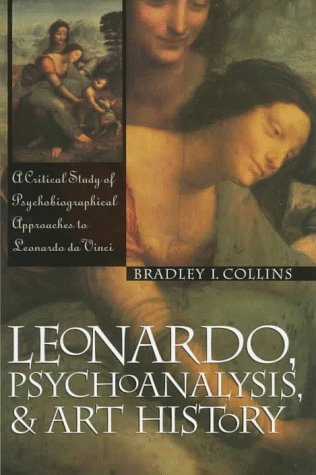Psychosocial Issues S.
1 total work
Whether psychoanalysis can, in fact, add to our understanding of art has long been a source of contention among art historicans and psychoanalysts. This volume is the most recent round of a lively intellectual debate that has taken place between the two disciplines over the decades. Using Freud's "Leonardo da Vinci and a memory of his childhood" as a starting point, the author employs psychoanalytic theory to deepen and expand the psychobiographical understanding of the artist. He evaluates the factual and art historical basis for psychoanalytic claims, and the extent to which these claims illuminate specific works by Leonardo. Addressing such issues as the correct formulation of psychoanalytic interpretations of art and the proper way to evaluate them, as well as how such interpretations become relevant to art history, Collins raises a number of methodological questions: what are the criteria for judging pscyhobiographical reconstructions? Are psychoanalytic approaches to historically remote figures inevitably ahistorical? How does the analyst's response become relevant to the art historian? Can psychobiography address form as well as content?
This volume considers the central psychoanalytic issues pertaining to Leonardo and discusses psychobiographical interpretations from the point of view of current psychoanalytic theory and art historical scholarship. At the same time, Collins attempts to answer the recurring question: does the painting explain the life, or the life explain the painting?
This volume considers the central psychoanalytic issues pertaining to Leonardo and discusses psychobiographical interpretations from the point of view of current psychoanalytic theory and art historical scholarship. At the same time, Collins attempts to answer the recurring question: does the painting explain the life, or the life explain the painting?
